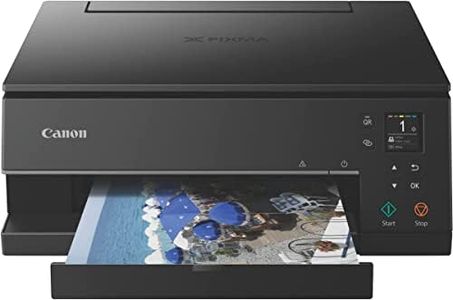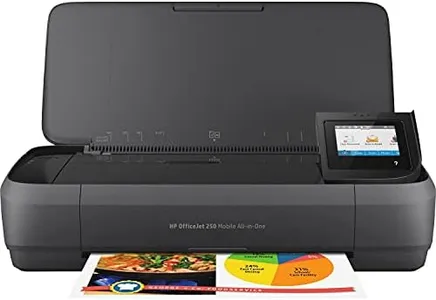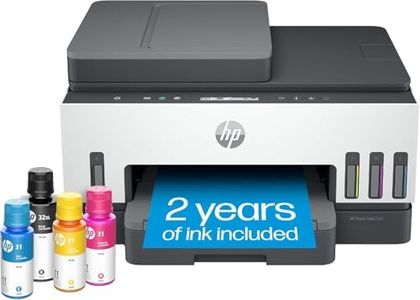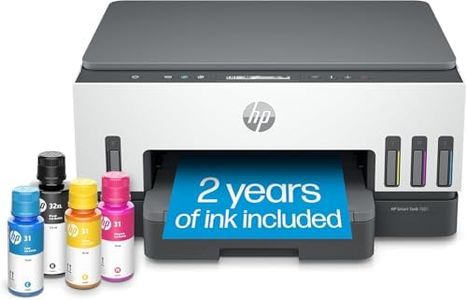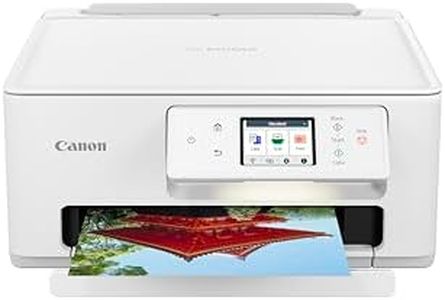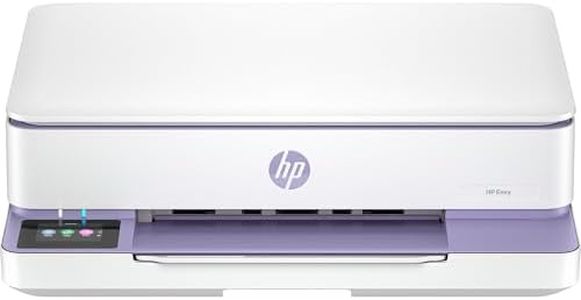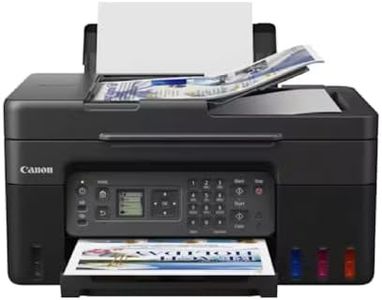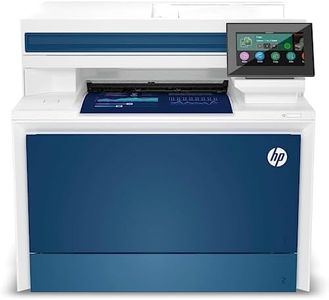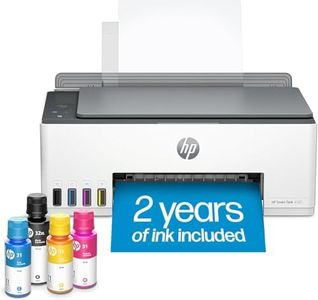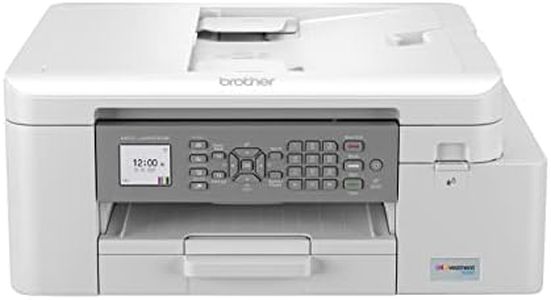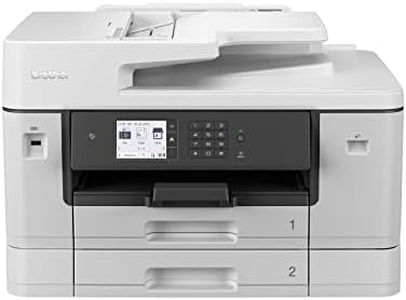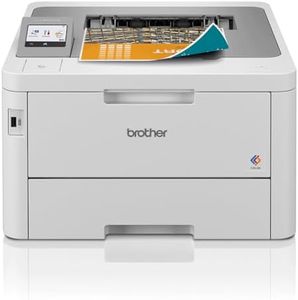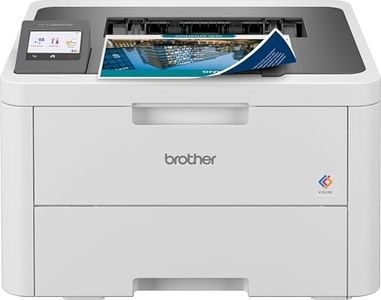We Use CookiesWe use cookies to enhance the security, performance,
functionality and for analytical and promotional activities. By continuing to browse this site you
are agreeing to our privacy policy
10 Best Color Printers
From leading brands and best sellers available on the web.Buying Guide for the Best Color Printers
Choosing a color printer can seem overwhelming because there are many types and features to consider. The key to finding the right one is to think about how you plan to use the printer: do you print a lot or just occasionally? Will you be printing mostly documents, or do you need high-quality photo prints? Understanding your needs will help you focus on the specs that matter the most for you.Print TechnologyPrint technology describes the way a printer creates images and text. The main types are inkjet and laser. Inkjet printers work by spraying tiny droplets of ink onto paper and are good for colorful images and photos, while laser printers use a powdered toner and are best for fast, sharp text and large volumes. If you plan to print lots of vivid pictures or photos, inkjet might be better; if you need crisp documents or high-speed printing for lots of pages, laser can be a great fit. Match the type to the main kind of printing you expect to do.
Print ResolutionPrint resolution is measured in dots per inch (DPI) and reflects how sharp and detailed the prints will be. Higher DPI means more detail, which is important for images and photos, while lower resolutions are fine for text documents. Basic printers may offer resolutions around 600x600 DPI, while photo-focused models can go beyond 4800x1200 DPI. If your priority is professional-looking photos or graphics, look for higher DPI; if you mostly print text, even a lower DPI could be enough.
Print SpeedPrint speed tells you how many pages a printer can produce per minute (PPM). This is important if you need to print long documents or lots of pages at once. Less than 10 PPM can feel slow for frequent use, while 15-30 PPM is quick enough for most offices or busy homes. If you print a lot of pages regularly, aim for a higher print speed—if you only print occasionally, speed may not be as important.
ConnectivityConnectivity shows how you can link devices to your printer. Common options include USB, Wi-Fi, Ethernet, and sometimes Bluetooth or cloud printing. USB is standard for direct connections, Wi-Fi allows wireless printing from multiple devices, and Ethernet is useful for office networks. If you want to print from laptops, tablets, or phones wirelessly, ensure Wi-Fi or wireless options are present; for a single PC, USB might be enough.
Paper HandlingPaper handling covers what size, thickness, and types of media the printer can accept, and how much paper the tray holds. Some printers manage only basic letter-sized paper, while others can take envelopes, cards, or larger paper. Input tray capacity is also key if you print in bulk, to avoid constant refilling. Consider what you need to print—photos, labels, or legal-sized documents—and pick a printer that can handle those media types with the right tray size.
Operating CostOperating cost refers to how much you’ll spend on ink or toner cartridges over time. Some printers use cartridges that last longer and cost less per page, while others need frequent replacements that add up in cost. Estimate how often you’ll print and check how many pages cartridges yield. If you print a lot, look for printers with higher-yield cartridges or eco-tank systems; if rarely, the difference may be less important.
Extra FeaturesExtra features include things like scanning, copying, automatic double-sided printing (duplex), touchscreen controls, and memory card slots. Some printers combine several functions in one (multi-function or all-in-one), which is helpful if you also need to scan or copy documents. Think about your routine: if you often need to make copies or scan, or if you want to print on both sides automatically, look for these features.
